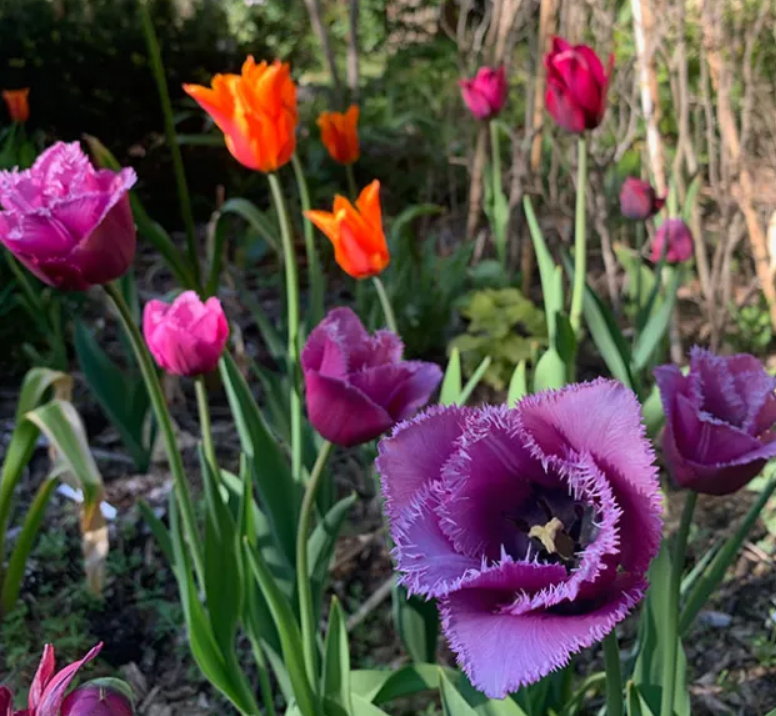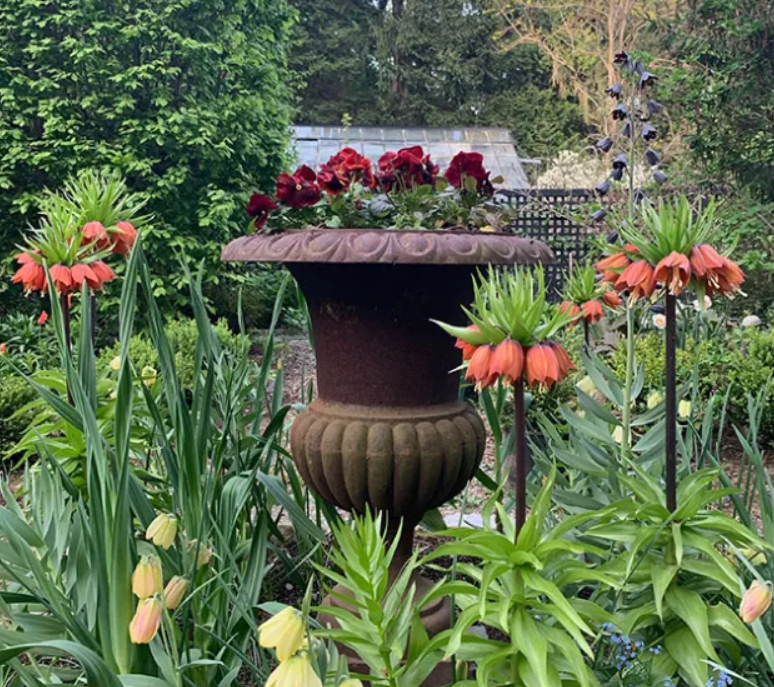Scented violets, do you like them?
Not only is there a great deal of confusion on my part about what a scented violet is and what it is not, but the same is true of botanists as well. Fortunately, with the recent sequencing of DNA, this issue seems to have been resolved. Of course, there are still countless people who confuse African violets with true viola varieties. I won’t address that confusion here, as most of us are aware of the differences between them.

A common violet found in many gardens across North America is the violet. You’ll see this everywhere online, from cake decorations on Pinterest boards to bouquets and tinctures. While edible, it’s not exactly the violet the French once made from candied fruit, and it doesn’t even have a flavour. This is the Parma violet, which we now know has been correctly classified by taxonomists as any number of naming choices for Mediterranean tender species of violets.
The sweet violet or violet is not the same as the Parma violet, but it is sometimes grown to produce aromatic volatile oils. Parma violets are now considered a different variety of violet. A Mediterranean native that shows tenderness in cold gardens where snow falls in winter. The true species is much rarer in culture and is tender in texture, does not produce seeds and does not spread.
Parma violets were once so popular that at the big balls in Paris, at the Opera, their sweet scent must have wafted through the streets amidst the soot and vomit. No wonder people loved them. By the mid-1800s, scented violets were being grown in almost every Western country, including Russia, France, England, Australia and the United States. Towards the end of the nineteenth century, disease began to kill off many of the most prized varieties, making flowers difficult to obtain. Growers learned to extract the necessary chemicals from the leaves of the plants, a practice that continues to this day in Grasse, France, where most varieties do not bloom as well as the older varieties.
The best Parma violets have long stems and strongly scented, heavy flowers. Growers often grow them in pots, and even on estates in the UK and the US put hundreds of them in cold frames for picking. Some of the older varieties were said to sell 800-1000 flowers a week. This all came to an end at the end of the First World War and the 1920s when the violet colour went out of fashion. What was once the flower of Christmas, Valentine’s Day or any spring social event has now disappeared and with it many varieties and growers.



